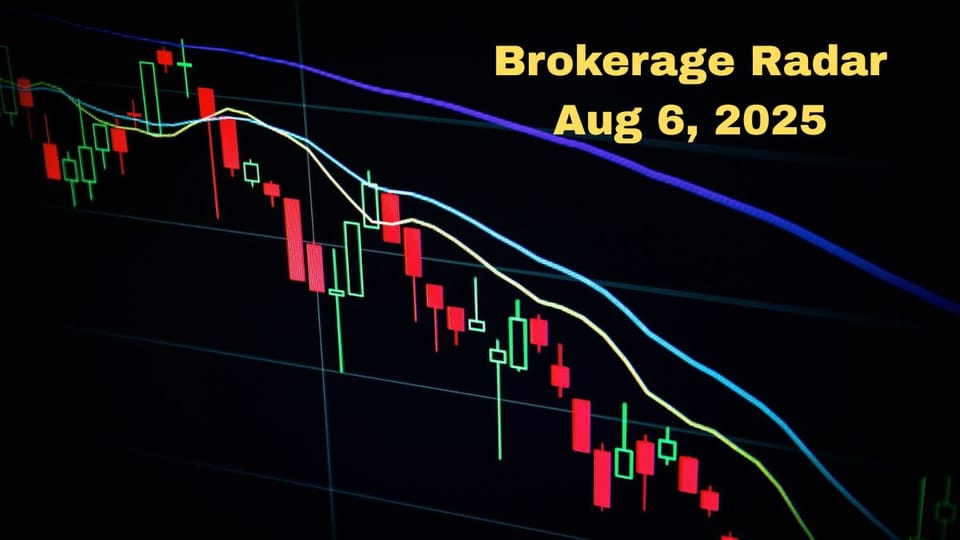Where to Invest in Mutual Funds: Large Cap, Mid Cap, Small Cap, Flexi Cap, Balanced Advantage, or Debt Funds?

Mutual funds offer investors various options based on risk tolerance, investment horizon, and financial goals. Choosing the right category can significantly impact portfolio performance and wealth creation.
This article explores the different types of mutual funds, including Large Cap, Mid Cap, Small Cap, Flexi Cap, Balanced Advantage, and Debt Funds, helping investors decide where to invest based on their financial objectives.
1. Large Cap Mutual Funds
Large Cap Mutual Funds invest in companies ranked within the top 100 by market capitalization. These companies are well-established, financially stable, and have a proven track record of growth.
Risk and Return Profile
- Risk Level: Low to Moderate
- Returns Expectation: 10 to 14 percent per annum over the long term
- Investment Horizon: Ideal for 5+ years
Who Should Invest?
- Investors looking for stable returns with lower volatility.
- Those with a moderate risk appetite who prefer investing in blue-chip companies.
- Individuals planning for long-term wealth creation and retirement planning.
2. Mid Cap Mutual Funds
Mid Cap Mutual Funds invest in companies ranked between 101 to 250 in market capitalization. These companies are in their growth phase and have the potential for higher returns than large caps.
Risk and Return Profile
- Risk Level: Moderate to High
- Returns Expectation: 12 to 18 percent per annum over the long term
- Investment Horizon: Ideal for 7+ years
Who Should Invest?
- Investors with a higher risk appetite looking for aggressive growth.
- Those who can stay invested for a longer duration and handle market fluctuations.
- Investors seeking a balance between stability and growth.
3. Small Cap Mutual Funds
Small Cap Mutual Funds invest in companies ranked 251 and beyond in market capitalization. These companies have high growth potential but come with higher volatility.
Risk and Return Profile
- Risk Level: High
- Returns Expectation: 15 to 20 percent per annum over the long term
- Investment Horizon: Ideal for 10+ years
Who Should Invest?
- Aggressive investors willing to handle high volatility.
- Investors looking for multibagger opportunities in small businesses.
- Those with a long investment horizon and no immediate need for liquidity.
4. Flexi Cap Mutual Funds
Flexi Cap Mutual Funds invest across large, mid, and small cap stocks without restrictions, allowing fund managers to adjust portfolios based on market conditions.
Risk and Return Profile
- Risk Level: Moderate to High
- Returns Expectation: 12 to 16 percent per annum over the long term
- Investment Horizon: Ideal for 5+ years
Who Should Invest?
- Investors looking for diversification across market capitalizations.
- Those who trust fund managers’ expertise in asset allocation.
- Individuals seeking moderate risk with higher return potential than large caps.
5. Balanced Advantage Funds
Balanced Advantage Funds, also known as Dynamic Asset Allocation Funds, switch between equity and debt investments based on market valuations.
Risk and Return Profile
- Risk Level: Moderate
- Returns Expectation: 10 to 14 percent per annum over the long term
- Investment Horizon: Ideal for 5+ years
Who Should Invest?
- Conservative investors who want equity exposure with lower risk.
- Those looking for dynamic allocation based on market conditions.
- Individuals seeking a mix of stability and growth.
6. Debt Mutual Funds
Debt Mutual Funds invest in fixed-income instruments such as government bonds, corporate bonds, treasury bills, and money market instruments. These funds aim for capital preservation and stable returns.
Risk and Return Profile
- Risk Level: Low to Moderate
- Returns Expectation: 5 to 9 percent per annum
- Investment Horizon: Varies based on debt fund type
Types of Debt Mutual Funds
- Liquid Funds: Ideal for parking short-term surplus funds with quick withdrawal options.
- Short-Term Debt Funds: Suitable for goals within 1 to 3 years.
- Long-Term Debt Funds: Ideal for investors seeking fixed income for 5+ years.
Who Should Invest?
- Conservative investors looking for stable and predictable returns.
- Those seeking an alternative to fixed deposits with better tax efficiency.
- Individuals wanting to diversify their portfolio with debt exposure.
Which Mutual Fund is Best for You?
| Investment Goal | Best Mutual Fund Category |
|---|---|
| Stable and steady returns | Large Cap Mutual Funds |
| Higher growth potential with moderate risk | Mid Cap Mutual Funds |
| Aggressive growth and high risk | Small Cap Mutual Funds |
| Diversification across all market caps | Flexi Cap Mutual Funds |
| Dynamic equity and debt allocation | Balanced Advantage Funds |
| Low-risk, fixed income investment | Debt Mutual Funds |
Choosing the right mutual fund category depends on an investor’s risk appetite, investment horizon, and financial goals.
- For conservative investors, Large Cap and Debt Funds offer stability.
- For moderate-risk investors, Mid Cap and Flexi Cap Funds provide balanced growth.
- For high-risk investors, Small Cap Funds have the potential for higher returns.
- For dynamic allocation, Balanced Advantage Funds adjust investments based on market conditions.
Investors should assess their financial needs, consult a financial advisor if necessary, and diversify across multiple fund categories for a balanced portfolio.
This information is accurate as of 16/02/2024. Investors should check for any policy updates before making investment decisions.




